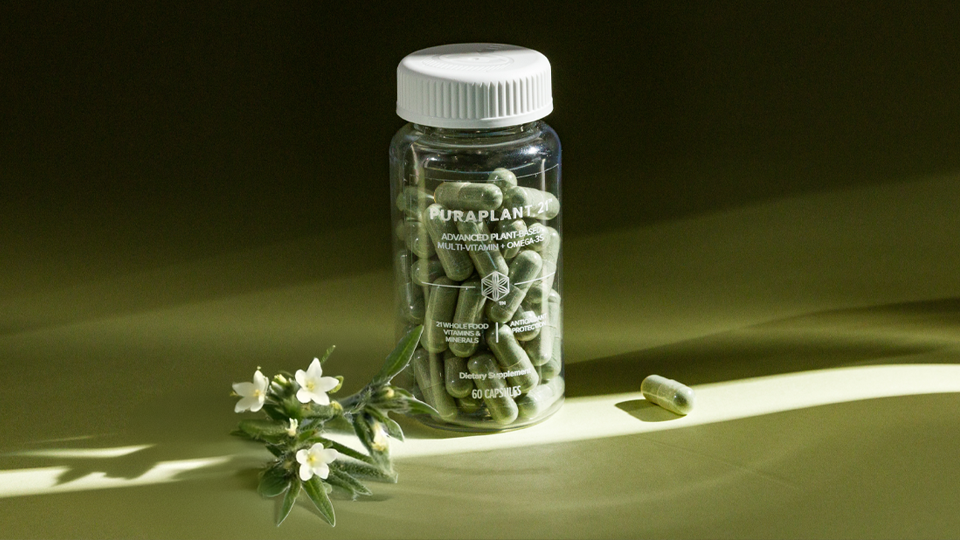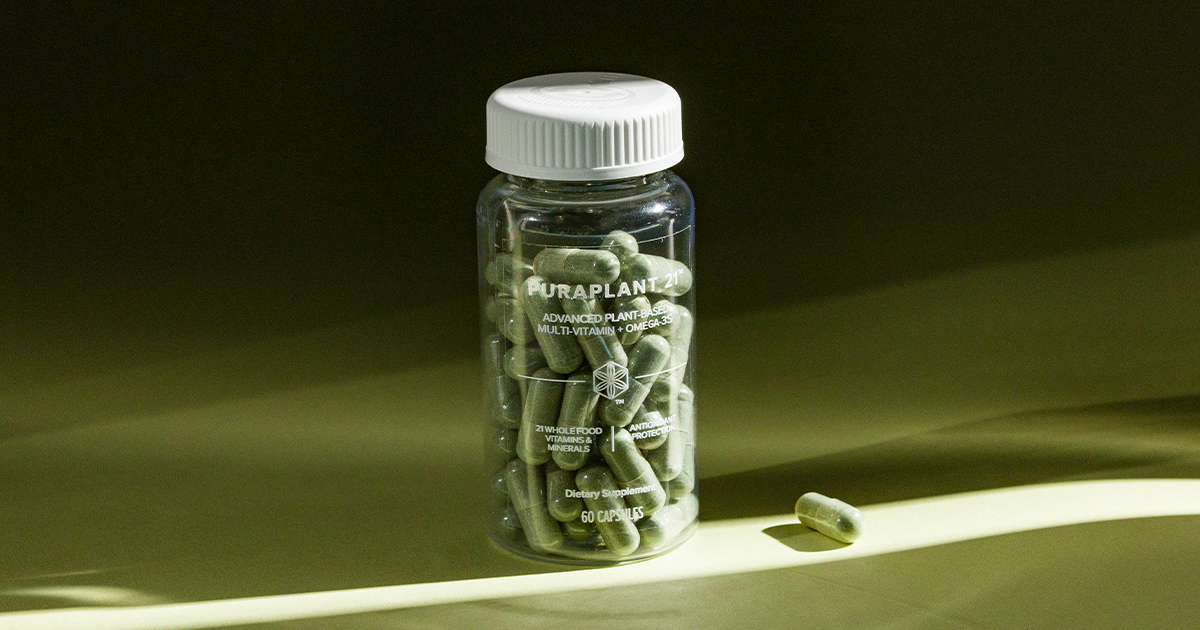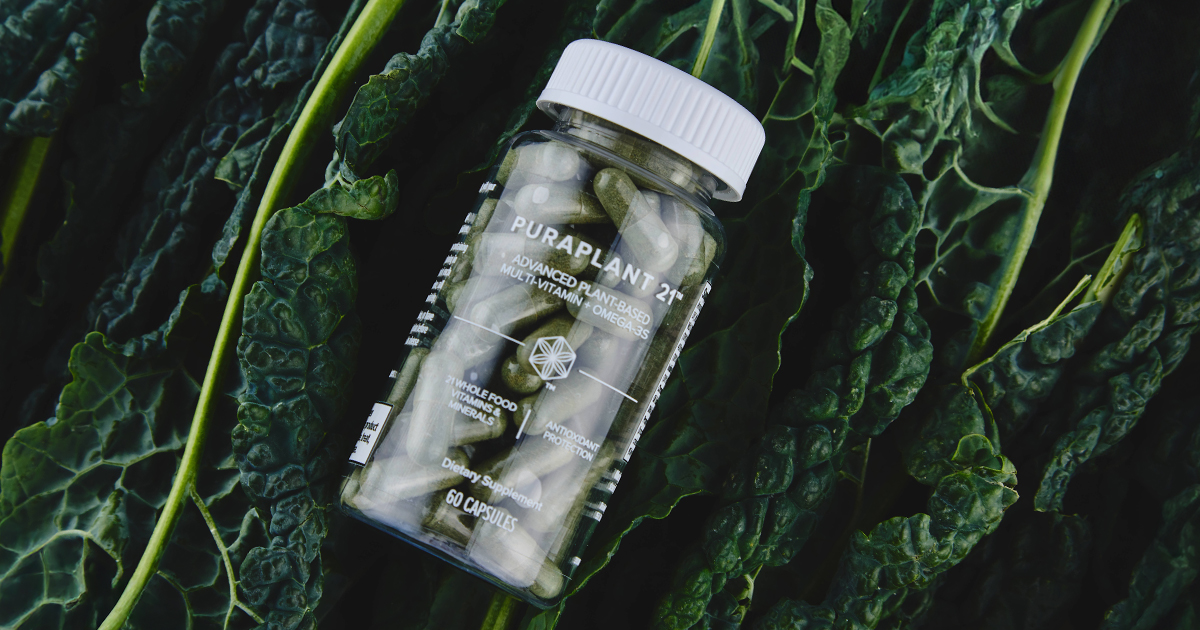Have you ever looked at a label for the food you’re about to eat and wondered what “natural flavors” are? Natural flavor is a term used on food labels that’s intended to reduce confusion. So, why does it leave people questioning what’s really in their food?
Contrary to what some people may think, listing natural flavors on nutrition labels is not a deceitful tactic used by food manufacturers to hide harmful or unappealing flavoring agents. Instead it’s simply a term used to describe a natural flavor compound extracted from plant- or animal-sourced ingredients.
What Qualifies as Natural Flavor?
The FDA Code of Federal Regulations defines a natural flavor as “the essential oil, oleoresin, essence or extractive, protein hydrolysate, distillate, or any product of roasting, heating, or enzymolysis, which contains the flavoring constituents derived from a spice, fruit or fruit juice, vegetable or vegetable juice, edible yeast, herb, bark, bud, root, leaf or similar plant material, meat, seafood, poultry, eggs, dairy products, or fermentation products thereof, whose significant function in food is flavoring rather than nutritional” (1). Artificial flavors are defined as those that do not meet these defined standards.
So, what does all of this actually mean? In short, it means that natural flavors are found in nature from plant and animal ingredients, while artificial flavors are not and are often created using petroleum.
To be included in the ingredient list under the term natural flavors, a flavor compound’s main purpose should be to give a food a specific taste rather than to contribute to the food’s nutritional value. Because sweeteners are considered primarily nutritional, they must be disclosed in the ingredient list and cannot be listed as natural flavors. In addition, colors and chemical preservatives (used to enhance the appearance of food and keep it from spoiling) cannot be listed as natural flavors.
Why Use ‘Natural Flavors’ on Labels?
Have you ever squeezed a lemon bursting with zesty aroma or bit into a juicy orange? What you experienced are the hundreds of volatile compounds that give plants and foods flavors and aromas. These compounds have very scientific sounding chemical names. For example, d-limonene is one of many natural volatile compounds that make citrus taste like citrus, and 3-methylbutanal, 3-methyl-l-butanol, and geranial are compounds that make tomato taste like tomato (2, 3). Listing all these natural flavor compounds on a label would not only lead to more confusion but also look a little scary.
By listing flavoring compounds as natural flavors, consumers are being told what they do — impart flavor — while also making labels appear simpler and less cluttered. In addition, using natural flavors on labels helps prevent competing manufacturers from creating copycat versions of products.
A Little Background on Natural Flavors
Flavor chemists are like chefs, and flavors, like cooking, are their labor of love. The science behind food and flavors is extremely complex and requires extensive knowledge, training, and dedication. After completing a university education, certified flavor chemists must spend seven years in apprenticeship to learn the art and science behind flavors.
To develop a natural flavor, flavor chemists are given a target flavor profile and the food application it will be used in. They must then identify the natural volatile compounds in plant or animal ingredients that contribute to the desired taste and extract the compounds using water, ethanol, or fermentation. These flavor extracts can then be mixed and matched with each other to create the final preferred flavor profile.
Isagenix Only Uses Natural Flavors
Isagenix is committed to no-compromise quality ingredients and always avoids artificial colors, flavors, and sweeteners in all products. Rest assured that where the term “natural flavors” occurs, the purpose is to prevent consumers from the confusion of scientific-sounding natural compounds’ names.
Natural flavors are just that — flavors extracted from nature.
References
1. FDA Code of Federal Regulations Title 21: https://www.accessdata.fda.gov/scripts/cdrh/cfdocs/cfcfr/CFRSearch.cfm?fr=101.22. Accessed Mar 9, 2020.
2. Davidowski et al. The Extraction and Quantification of Limonene from Citrus Rinds. Perkin Elmer, 2009.
3. Markovic et al. Aroma volatiles of tomatoes and tomato products. Flavour Fragr, 2007;22:395-400.





